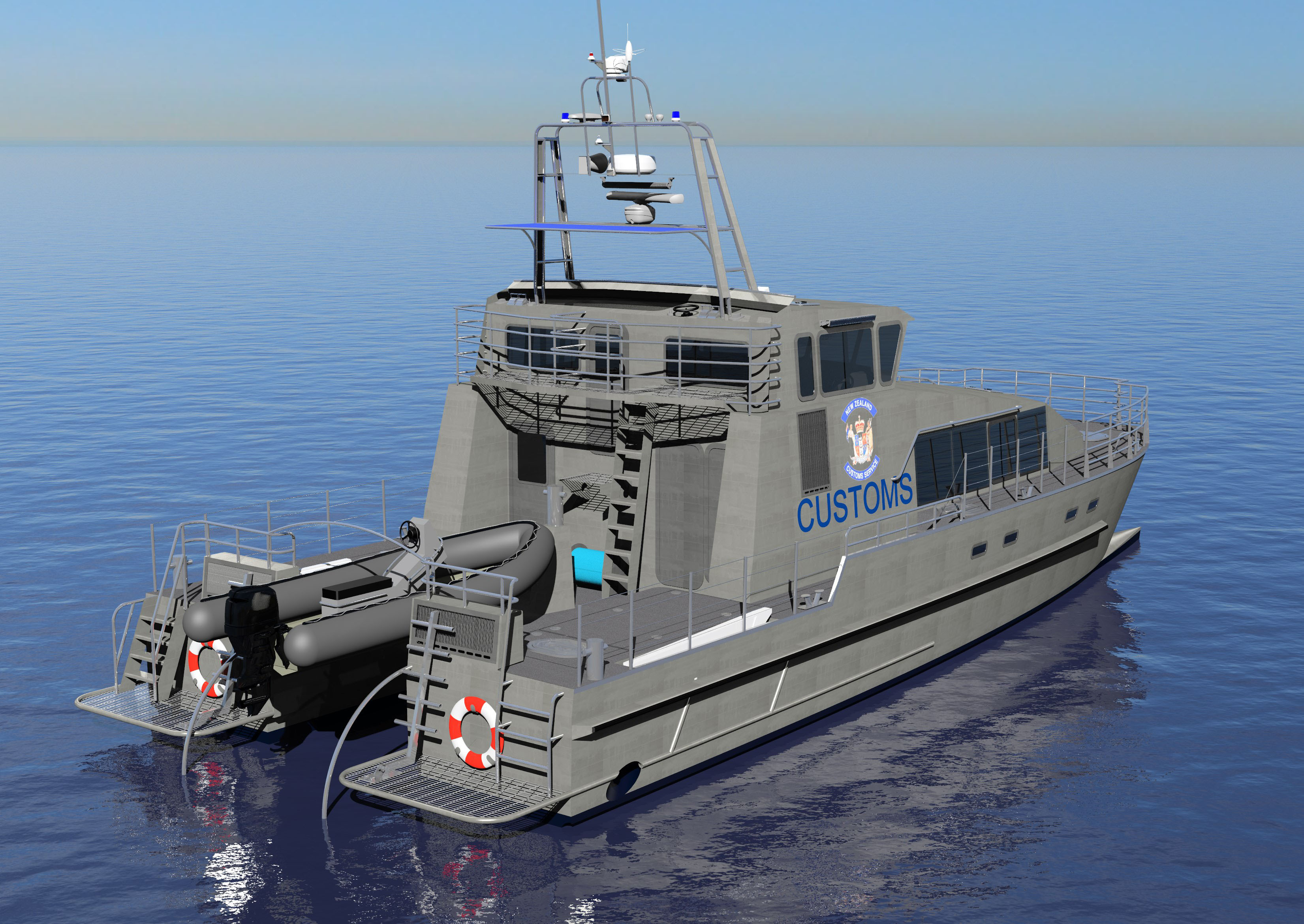Yes correctly they've seen a need for additional assistance with the Antarctic programme but in terms of whether one OPV can possibly cover the availability of 4 IPV... it appears the OPV simply isn't intended to do that!
The DWP looks to be a case of refocusing away from any significant inshore Naval patrol presence, instead assuming Customs, MPI etc will take up that slack (even though I doubt they are/will be resourced to do so). The focus will move more to offshore presence - assisted by UAV & King Air support I hope.
If you haven't already guessed the loss of the IPV really irritates me - poor thinking to pull away from that fleet & the role they provide - basically the one negative in the DWP for me.
I understand your sentiments Gibbo but ....
The large majority of the commercial quota fishers (Around 1250 licensed at present) are sub 16m vessels targeting species in the close inshore habitat often with crews of up to 5/6 - some of their most productive fishing is within 3 miles of the coastline. The remainder split between 16m-24m and then the 24m+ offshore / deep sea vessels of which there are 315 according to MFish both from NZ Companies and Foreign flagged - these outer EZZ big boats though lesser in number dominate the annual catch by tonnage - the majority of these big boats/factory/illegals are often 40 - 70m (and getting bigger as they are being replaced) - they are beyond the reach of the IPV's and with just two OPV's it is happy days for them.
The IPV's - are in a nutshell too big and too few to appropriately deal with patrolling within 12nm NZTL ( and a lot of the fishing is often close inshore 3nm), but also they lack the endurance or persistence to deal with the outer EZZ -the parts of the EZZ where the fish are to be found in greater volumes. The IPV's were a poor compromise born from poor policy analysis taken post 2000 MPR, which was based on out of date data to address a commercial fishing industry that was itself rapidly adjusting to Post 1977 UNCLOS and the legal birth of the NZEZZ and post 1986 QMS which saw a massive rationalisation.
With Customs and MFish as the principal clients - there are tasking differences to meet target requirements - Customs for example do not want to be tied into the patrol requirements of MFish or the Navy. They are actually more intelligence lead and reactive by necessity than the other agencies. Their prime areas of monitoring are also different - (Customs) Northern Shipping Approaches to intercept vessels and shipping at and beyond the 24nm NZCZ and (MFish) Sub Antarctic / West Coast S.I monitoring foreign Factory Ships and the like. One role (MFish) is more overt - the other role (Customs) is more covert and directed in interception.
That is not to say that inshore fisheries inspection role should be ignored by the NZ Govt - what is needed in more numbers of inshore fisheries inspection vessels - but here is the point - since that activity happens within the NZTL then it is domestic law enforcement agency remit and dealt with as such - the navy is not there or should not be there to be a policemans water taxi. I have said before that for the price of a single IPV we could have bought ten locally built $3.5m Q-West 22.5m Cat inshore patrol craft (Similar to what KiwiRob has just posted above) to cover the inshore NZTL/NZCZ for MFish, Customs and Maritime Police and operated by them and tasked by them to do the hugely different roles in different places. The remit for their roles coming out of their budgets.
As we know the political class in charge at the time wanted the Navy to be water taxi service for these and other civilian agencies and not an actual 'fighting' navy - and got the $500m Project Protector to be all things to all people - everything but themselves. Imagine if they the NZDF still had their $500m for Project Protector and the other NZ Govt agencies were funded their own inshore build requirements separately?
The Navy/NZDF could have built a better MRV and three better OPV's designs - without any of the inherent compromises. That is another thing that irritates me about Project Protector - the loss of opportunity and the huge cost of time it is going to take to rectify the problems it created and the problems that it did not solve. A blunder of generational proportions.

